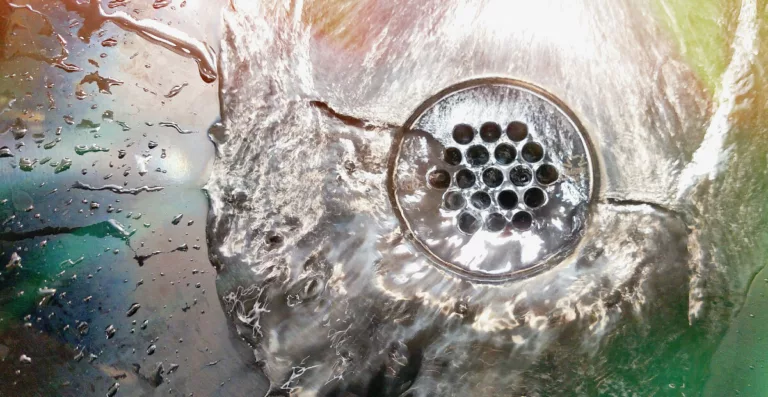Until an issue arises, your home’s pipes are likely out of sight, out of mind. And when that issue is a sewer backup, it can be a huge and costly problem.
Sewer backups are a major issue homeowners can face, especially in older homes or areas with outdated infrastructure. The damage caused by sewer backups can be extensive, leading to significant repair costs and a major disruption to your home and daily life.
However, with the right approach, you can mitigate the damage and expenses caused by a sewer backup.
What Does Your Homeowners’ Insurance Policy Cover?
According to the Environmental Protection Agency (EPA), there are an estimated 23,000 to 75,000 sanitary sewer overflows (SSOs) in the United States each year. These overflows can result in millions of gallons of untreated sewage flowing into streets, homes, and businesses. This can lead to water damage, the spread of diseases, and contamination of water sources.
Sewer backups can also lead to significant costs. The Insurance Information Institute states the average cost of a sewer backup claim is $10,000 to $15,000. This cost includes the cleanup and repair of the damage caused by the backup.

Many homeowners assume that their insurance policy covers all types of damage, including sewage backup. Unfortunately, this is not always the case. A sewage backup is considered a separate type of damage and is often excluded from standard homeowners’ insurance policies. This means that if you experience a sewer backup, you may be responsible for the costs associated with the cleanup and repairs.
Is Sewer Backup Insurance Worth the Cost?
One of the most important steps you can take to protect yourself from sewer backups is to review your insurance policy. Make sure you understand what is and isn’t covered. If you do not have coverage for sewage backup, consider purchasing a separate policy or adding an endorsement to your existing policy. Contact us for assistance in determining what your current policy covers.
If you ever experience the misfortunate of a sewer backup, our claims advocates will help you navigate the process of cleanup and repair to get your home back to normal as soon as possible.
Tips to Mitigate Risks
In addition to reviewing your insurance policy, there are several steps you can take to reduce your risk of experiencing a sewer backup. These include:
Properly disposing of grease and other materials:
Grease and other materials can clog pipes and cause backups. Dispose of these materials in the trash rather than down the drain.
Installing a backwater valve:
A backwater valve can prevent water from flowing back into your home during a sewer backup. This can be especially useful if your home is located in an area prone to flooding or has a history of sewer backups.
Regularly maintaining your sewer system:
Regular maintenance of your sewer system can help prevent backups. This includes cleaning your pipes and inspecting them for damage or blockages.
Don’t flush non-flushable items:
Flushing non-flushable items, such as wipes or feminine hygiene products, can cause clogs and backups. Dispose of these items in the trash.
Keeping trees and shrubs away from your sewer lines:
Roots from trees and shrubs can grow into sewer lines and cause blockages. Keep these plants away from your sewer lines to prevent damage.
Conclusion: How to Protect Yourself from Sewer Backups
Sewer backups can cause significant damage and costly repairs. By following the tips we provided, you can reduce your risk of experiencing a sewer backup. Properly disposing of materials, installing a backwater valve, regular maintenance, not flushing non-flushable items, and keeping trees and shrubs away from sewer lines are all effective ways to prevent sewer backups.
If you are unsure whether your insurance policy covers sewage backup, contact us today. We can review your policy and provide you with information on how to protect yourself from this type of damage. Don’t wait until it’s too late – take action now to protect yourself, your family, and your home from the financial hardship of a sewer backup.


